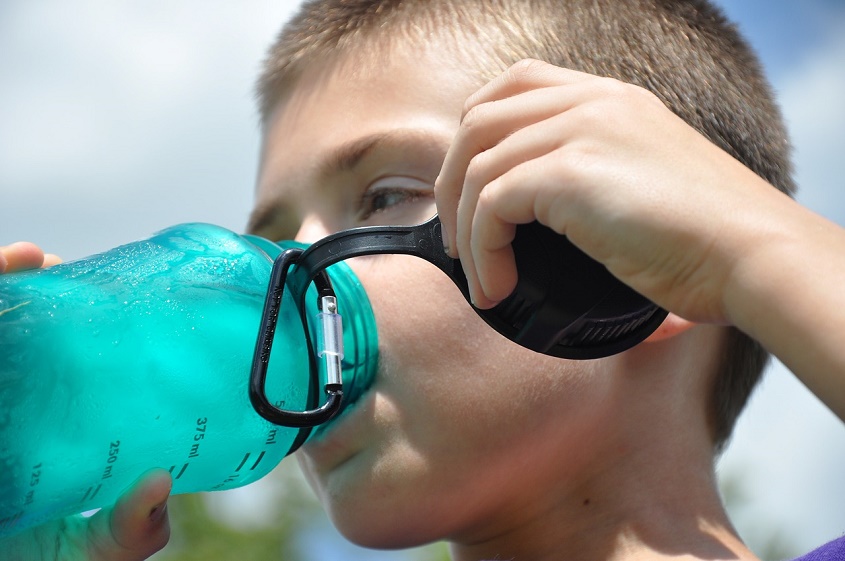Water is an essential substance on earth. It is necessary for our life, and without water, we can’t survive. With the recent changes in our environment such as climate change, this has an impact through changing patterns of water availability. Droughts are being felt in every part of the world, and this is something that must be addressed for all segments of society. It is essential that we do our fair share, and water storage should be one of the critical things that we need to do to alleviate the effects of climate change.
What is Water Storage?
Water storage is defined as securing water in a contained area for a short period. The water storage can be natural or artificial. Natural water storage can be found in the water cycle, which involves the circulation of water in the earth’s atmosphere. The process consists of this cycle is evaporation, transpiration, condensation and precipitation. Artificial water storage, on the other hand, is done through commercial and private reasons. It can be stored through rain barrels, household water tanks, urban infrastructure and industrial reservoir.
Water Storage Tips and Benefits
A lot of people say that the human body can survive without food, but it cannot survive more than a few days without water. Drinking water can prevent dehydration and can help a person survive even if they don’t eat at all. Water storage is very important, and it needs to be done correctly. Here are some of the tips on how we can store water properly.
Do Not Expose in Direct Sunlight.
Most of the time, we usually store water in a plastic container. When plastic is heated, it releases chemical composition in an immediate environment. The heated water leaches the BPA into the water, increasing the consumer’s exposure to it significantly. It is essential that we use a BPA free container such as stainless steel.
Empty Soda, Gatorade and Non-Refrigerated Juice Bottles.
Since plastic bottles are difficult to store with water, it is best to utilize the empty bottles used in soda and Gatorade. You need to make sure that this is thoroughly clean. Do it yourself re-purposed bottles should be adequately cleaned by using water and soap dish. If possible, sanitize the cap and bottles but make sure to rinse it properly before filling out with clean water.
Make Use of Bath Tubs for Long Drought.
During storm surges water main normally breaks and can interrupt or even contaminate water. Storing water in your bathtub is a good idea however look for containers that hold many gallons of water and will not create any dirt, soap film, and exposure to debris that will make your water spill and become useless. Make sure also that it is BPA free so that you feel safe with clean water intended for everyday use.
Properly label all water stored.
Just like any chemicals or items stored, it is essential the water is also labelled correctly whether it is “for drinking” or “for cleaning” only. The labels need to use a strong adhesive, and the ink of the label must stay for a long time as even water cannot easily remove the label.
Consider making use of a water filter.
Once you have stored water, sometimes it can be contaminated for no reasons at all. According to Dwelling Advisor.com,it is best to make use of a filter as this will prevent the risk of gastrointestinal disease by more than 80%; it can remove e-coli and giardia from drinking water. It is also important to drink pure water, most notably for small children as this is essential for the development of the immune system.
Sanitize Your Water Containers.
Water containers once open and used are susceptible to contamination. It is vital that we sanitize the water containers after this has been used to take away all the dirt. It is essential to make use of the bleach to watch inside and out of the container. This can also be done for other emergency containers. It is imperative to ensure that water is safe to drink and it should start from a clean water container.
Store Water in A Dark & Cool Area.
Storing water in warmth and light area can promote algae and bacteria growth. It is imperative that we know how to store it properly, and this should be in the basement, closet, shed or food storage room. Anything that is directly exposed to sunlight should be moved from another place as this will prevent contamination.
Do Not Store Water Near Kerosene and Pesticides.
Any water stored in plastic containers should be moved or kept away from any kerosene, gasoline, pesticides or similar substances because vapours from these products can penetrate the plastic. It will also create a strong odour in the water; thus it will no longer usable. Containers which have top-mounted lids should be covered with a cloth or similar barrier to keep lids clean of mice or insects.
Final Thoughts on Water Storage
In a variety of natural disasters, drought can limit the ability of water storage. Natural disasters can also affect the public water lines creating cracks that allow dangerous pollutants into the water that directly into our homes. When an emergency comes, water can be shut off altogether and this does not provide a clear indication of when it would come back. It is essential that we rely on our water storage to keep the family from dehydration and to help in daily household activities.
The Tips About Water Storage can help anyone survive but it is essential that we know how to properly store it as it might affect the quality of water. We often overlook the water, as we always prioritize food and survival gear. But water is also necessary as it involved in everybody functions from digestion and circulation through the control of body temperature. We need to stock on fresh, clean water and save anyone from additional circumstances in the event of an emergency.








